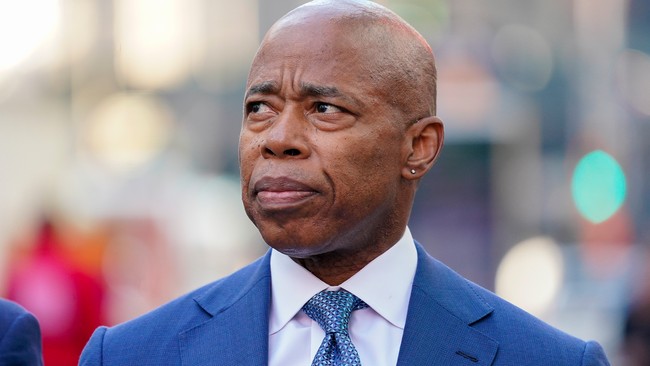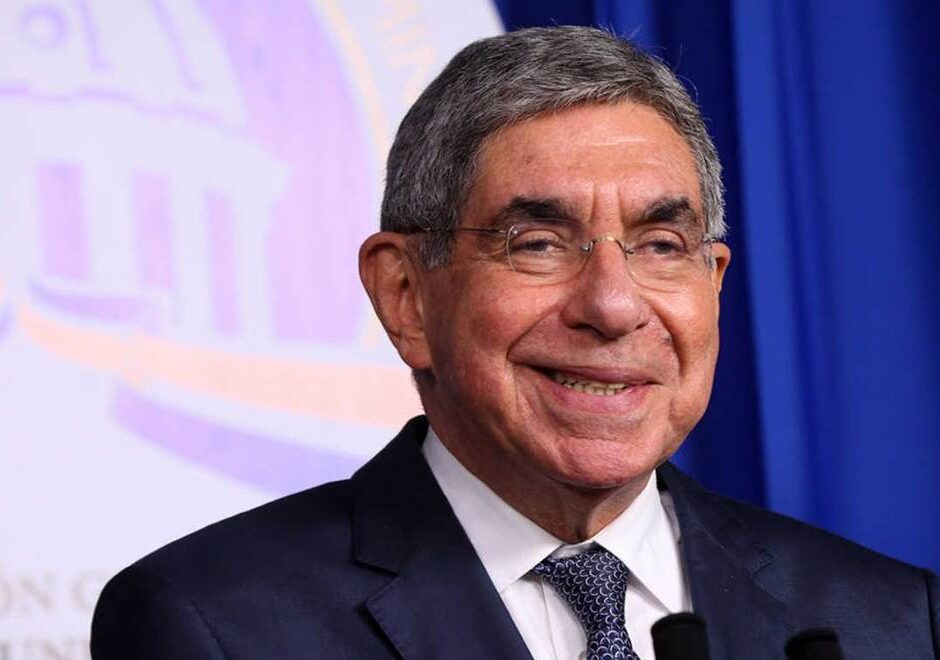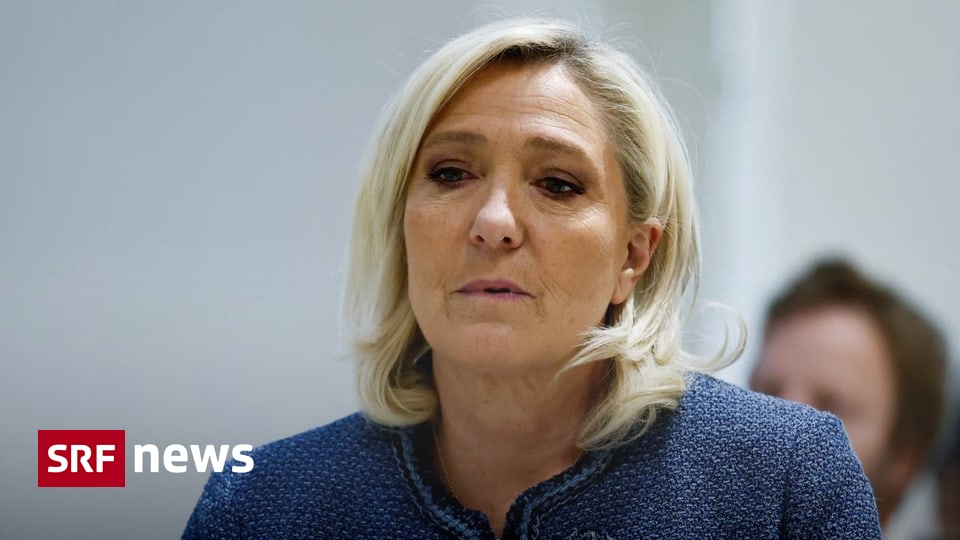US Tariffs on Russian Oil Stir Global Market Fears
The potential imposition of tariffs by the Trump administration on Russian oil shipments is raising international tensions and concerns about global trade dynamics, notably involving China and India.
Published April 02, 2025 - 00:04am

Image recovered from tass.com
The global oil market finds itself at the crux of intense geopolitical maneuvers as the administration of U.S. President Donald Trump threatens to impose what it terms 'secondary tariffs' on Russian oil exports. This move, which aims to intensify pressure on Moscow amidst the ongoing conflict in Ukraine, is creating ripples across international trade waters, notably affecting major importers of Russian oil such as China and India.
According to China Daily, Trump's maneuver is perceived by many experts as a bluff designed to provoke Moscow. However, if executed, such tariffs could significantly strain the United States' trade relations with its Asian counterparts. This anticipated strain emerges from China and India's substantial dependence on Russian energy imports, marking a pivotal intersection of economic and political interests that could redefine international alliances.
In parallel developments, the group of oil-exporting nations, OPEC+, is adjusting its production policies, a move further influencing the volatile market scenario. As the OPEC+ collective, which includes Russia among other oil-exporting countries, begins to ease its prior restrictions on daily oil output, the resultant increase in oil supply could potentially lead to a decrease in global oil prices.
This adjustment comes against the backdrop of a highly volatile oil market, characterized by fluctuating prices driven by geopolitical tensions. Notably, actions taken by Trump in relation to Iran, through threats of military action and sanctions, compound these tensions. These threats further complicate the geopolitical landscape, particularly as Iran plays a crucial role in global oil supply, exporting approximately 1.4 million barrels daily.
Amidst these political dynamics, investors and market participants remain on high alert, closely monitoring potential new diplomatic agreements that might influence the global oil supply chain. Antonio Di Giacomo's analysis highlights the sensitivity of oil prices to political developments, noting that any significant restriction on Russian oil could alter the global market's equilibrium significantly.
Furthermore, the proposed tariffs reflect broader economic strategies employed by the Trump administration, notably within the broader matrix of international trade conflicts and tariff implementations targeting various global players. Trump's assertive trade policies, described at times as erratic, have previously impacted global economic stability, triggering market anxieties over uncertain future economic trajectories.
Adding to the complexity, Trump's policy shifts manifest in actions towards Venezuela, with a 25% tariff on oil imports from the country looming, alongside potential impacts on Middle Eastern oil dynamics linked to U.S. diplomatic stances.
Meanwhile, Russia continues to maneuver through these economic landscapes amid Western sanctions, sustaining its oil exports principally to Asian markets, thereby ensuring a crucial revenue stream for its economy. Despite these sanctions, Russia's strategic oil export operations underscore the nation's adaptability in shifting geopolitical milieus, as pointed out by market analyst Rob Thummel.
In the face of such multilayered geopolitical tensions, the global oil market remains a critical litmus test for international diplomatic relations. It highlights the intricate balance of trade policies, political strategies, and economic priorities amongst the world's leading powers. Consequently, the eventual paths taken by these nations in responding to tariff threats and production adjustments will undoubtedly shape the contours of future international trade and economic cooperation.







